The Rhône-Alpes region in France is known for its beautiful mountains, spectacular scenery, and stunning cities. One such gem is the town of Grenoble, which is located at the northern edge of the Alps mountains.
In the heart of the Isère department, it is a wonderful place to visit for its historical significance as well as its natural beauty. Grenoble is famous for its nickname the “Capital of the Alps” as it acts as a gateway to other nearby towns and villages like Annecy, Chambéry, and Aix-les-Bains.
Located in the French Alps, Grenoble is at an elevation of about 500 meters (1,600 ft). Surrounded by the mountains, it combines big-city life along with spectacular natural landscapes.
It is split into two parts: the historic city center and the new town. To be honest, the newer part with its industrial buildings is nothing to write home about, but thankfully the old historic center makes up for it.
The city is located near several winter ski resorts and is also and popular as a base-point for summer activities like mountain biking and hiking. So let’s see what there is to do in Grenoble, shall we? Allons-y!
History of Grenoble
Dating back to 43 BC, the area was first settled by the Gauls. The town grew along with the rise and fall of the Roman empire, becoming part of the Kingdom of Burgundy. For a while, it was the capital of Dauphiné, a ruled by the Counts Albon.

The titles and lands became part of the Holy Roman Empire in 1032. They passed to the rule of Philip VI of France in 1349 on condition that the crown prince to the French throne be titled dauphin, but that it was to remain separate from the Kingdom of France. As such, it technically remained in the Holy Roman Empire.
The French revolution in 1789, followed by the defeat and dissolution of the Holy Roman Empire in 1806 by Napoleon Bonaparte, that this area became officially part of France.
These days, Grenoble is a great place to visit all year around. With a population of more than 150,000, Grenoble contains many cultural attractions and activities.
Things to do in Grenoble
1. Téléphérique (Cable car)
On the edge of the historic old town, along the river Isère, you will notice a large cable car (called téléphérique in French).

It carries tourists across the river and up a hilltop to Fort Bastille, where you will find panoramic views of Grenoble and the surrounding area, including the Alps.
Tickets cost around €9 for a round-trip (you can choose to hike down instead) for an adult and €5 for a child over 5.
2. Fort Bastille
If you don’t want to take the téléphérique up to Fort Bastille, you can actually climb up the stairs to hike up there, or indeed take your car.
Up on the hillside, you will find a series of ramparts and walls from ancient forts that were built in the 16th century.
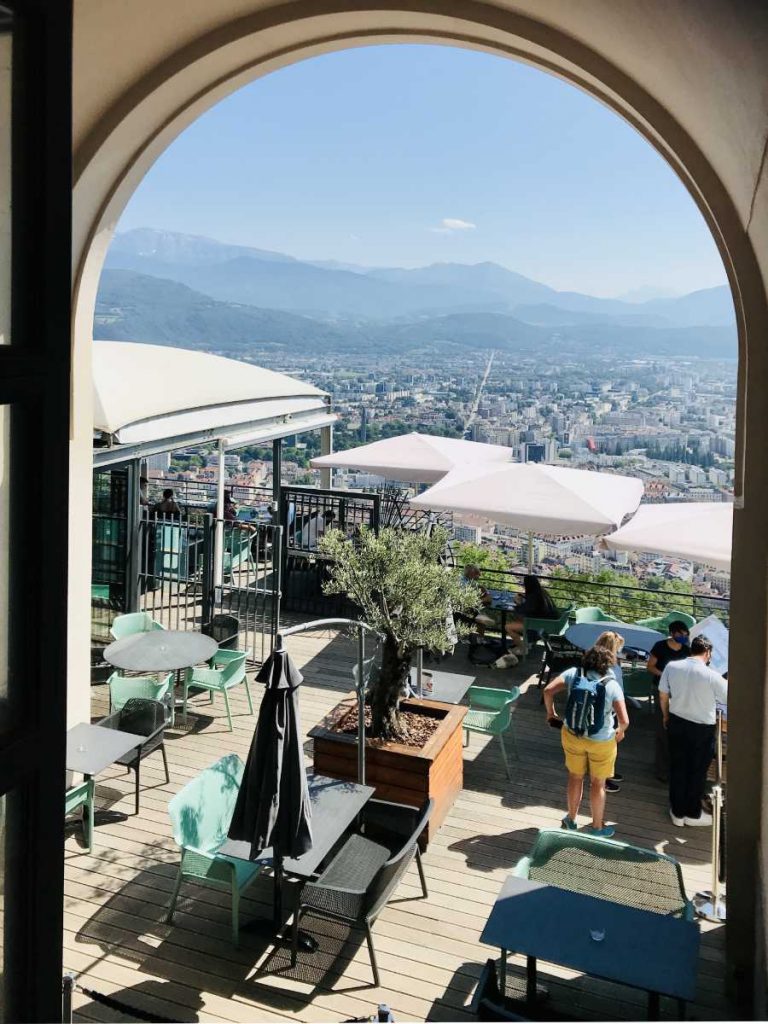
At the time, Grenoble was on the border of the Kingdom of Savoie, Prussia (Germany) and the Holy Roman Emperor so strong defenses were needed.
These days, the old fort Bastille holds a series of artists’ exhibitions, accrobranche for kids, and even a restaurant. And don’t forget the fantastic views of Grenoble below, of course.
3. Place Grenette
Back in the old town of Grenoble, Place Grenette is part of a large pedestrian zone featuring plenty of small shops, boutiques, and restaurants.

It is easily walkable from the entrance of the téléphérique, but if you are unable to walk, you can also take a mini-train around the area.
4. Parc Paul Mistral
Named after a former mayor of Grenoble, Parc Paul Mistral is a large park outside the city center. It was built in 1925 by destroying some of old ramparts that surrounded Grenoble.
It is notable for a large tower in the middle of the park called the Perret tower. Originally called La tour pour regarder les montagnes (“The tower for looking at the mountains”), it is an observation tower built in concrete. It is currently under renovation, but is expected to be reopened to the public.
5. Jardin de Ville
A smaller park in the Old town of Grenoble is the Jardin de Ville. With several aire de jeux (playgrounds) and small gardens, it is a wonderful place to walk around.

It also happens to be on top of the city’s largest parking lot, so if you come to Grenoble by car, you are bound to park there!
6. Musée de Grenoble
Just outside the Old Town, on the left bank of the Isère river is the modern new Grenoble museum. Originally founded in 1798, it was rehoused to a new building in 1994. (The old building was deemed too small, and has become a library-museum.)

At over 18,000 square meters, it features everything from Egyptian, Roman and Greek antiquities to Renaissance artworks. And more recently, the new Musée de Grenoble even added a modern art section. There is also a sculpture garden at one end of the property. Tickets cost around €8/person.
7. Passerelle Saint-Laurent (bridge)
Once upon a time, the Saint-Laurent footbridge was the only bridge in Grenoble that crossed the Isère river.

It is not clear when it was built, but there are records that there was a temporary bridge built there by the Romans in 45 BC. Destroyed by war, but more often by flooding, the bridge has been rebuilt many times over its long history.
The current suspension bridge dates back to 1909 is remains restricted to pedestrians and bicyclists.
8. Fontaine du Lion
At the far end of the Passerelle Saint Laurent (on the Right bank, below the Fort Bastille) you will find the Fontaine du Lion.

Representing a lion confronting a serpent, it was inaugurated in 1843 to represent Grenoble confronting the waters of the Isère river.
The location is symbolic as it was only in 1671 that a 2nd bridge was built in Grenoble, reducing the pressures on the Saint Laurent bridge.
9. Cathédrale Notre-Dame de Grenoble
Grenoble Cathedral is the city’s largest Roman Catholic cathedral dating back to the 10th century.
Like the other cathedrals around France of that era, it was built on top of an older church dating back to Roman times, built near the ramparts that was dedicated to Emperor Maximian.

Given that the city was once part of the Holy Roman empire, the Cathédrale de Grenoble was and still is the seat of the Bishop of Grenoble.
10. Musée de la Résistance et de la Déportation de l’Isère
During World War II, the norther part of France fell quickly to the German Reich. The French resistance gathered and formed in strength in the mountains and forests around Isère.
The biggest of the resistance groups was the Maquis du Vercors of over 4000 resistance fighters. They got their name because their base was in the Massif du Vercors mountains, which is a mere 30 miles (50 km) from Grenoble.
The Musée de la Résistance pays tribute to those Resistance fighters, with exhibitions featuring individual tales of courage and commemorating those lost in battle. Entry to the museum is free.
11. Taste the Chartreuse
Grenoble is famous for a strong herbal liquor called chartreuse With an alcohol content between 40-55%, chartreuse is one of those liquors that can be served as an apéritif or a digestif.

It is said that only 2 monks know the exact recipe combination of Chartreuse, with its 130 herbs, plants, and flowers.
There are two main types of Chartreuse, yellow which is milder, and a stronger green. It is usually served in a tall glass mixed with a fruit juice like lemon or orange. You can also mix it with tonic, or gin, with ice cubes.
You can find chartreuse being served in restaurants all over Grenoble, or visit the nearby Caves de la Chartreuse for a dégustation (tasting). You can read more about Alpine foods and drinks here.
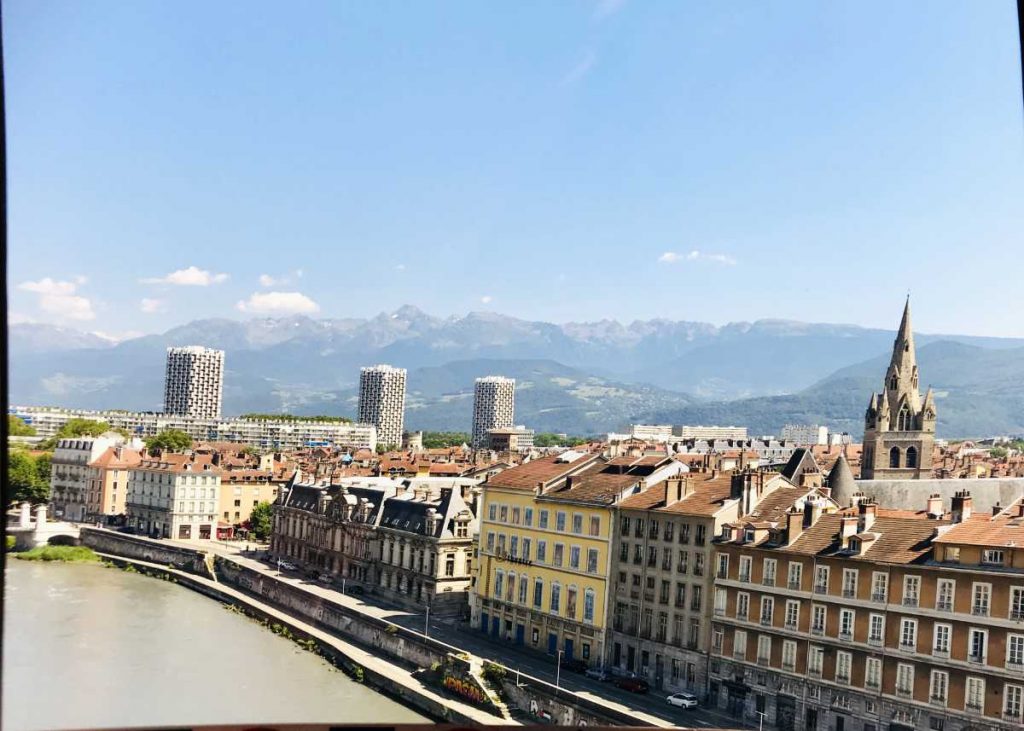
How to get to Grenoble?
Grenoble is easily accessible by train, with a large train station right in the heart of the city. From Paris, you can take the high-speed TGV train to Valence TGV station, before switching to a TER train to Grenoble.
There is a small airport in Grenoble, which has flights from across Europe.
How many days should you spend?
I recommend spending at least one night in Grenoble, as the town has an active restaurant and bar scene due to the university in town.
Where should you stay?
I would recommend staying in the center so that you can walk to all the sights of the city. Avoid staying on the far side of the train station, as you will have to cross the tracks to get to the main centreville.

If you enjoyed that article, you may like to read more about traveling around the region of Auvergne-Rhône-Alps. A bientôt!
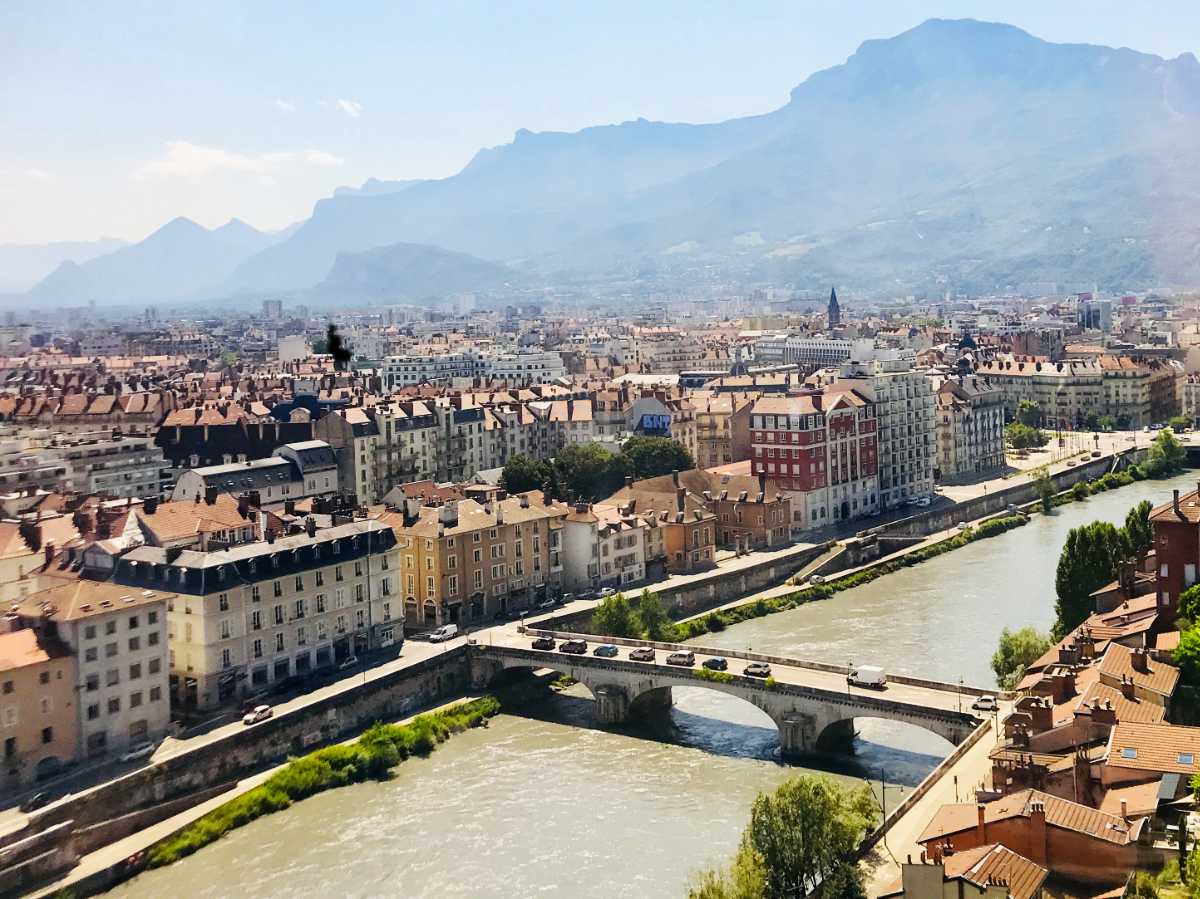
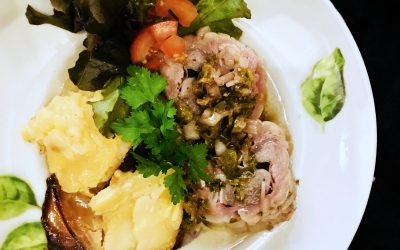
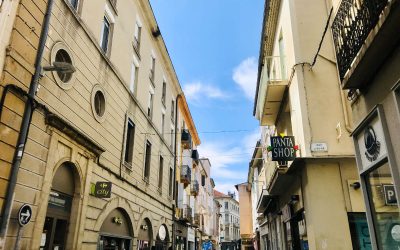
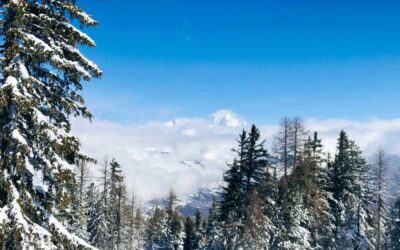
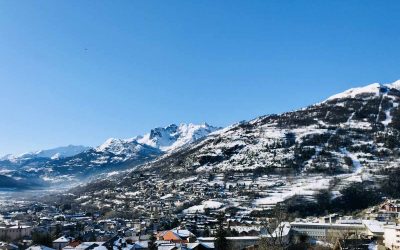
Love Place Grenette! So much charm i walked around for hours!